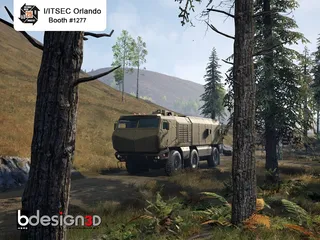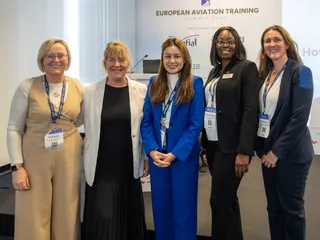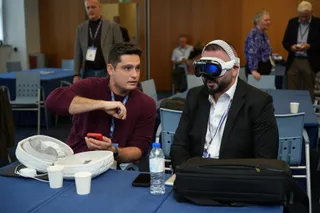Helicopter Skills Event Highlights Sim Training
Contact Our Team
For more information about how Halldale can add value to your marketing and promotional campaigns or to discuss event exhibitor and sponsorship opportunities, contact our team to find out more
The Americas -
holly.foster@halldale.com
Rest of World -
jeremy@halldale.com

The 2nd East China Helicopter Pilot Skills Competition concluded on June 27 at Gewu Auto Tech Park in Changshu, Jiangsu. Guided by the Civil Aviation Administration of China (CAAC) East China Regional Administration and the Suzhou Municipal Government, and hosted by the China Airline Pilots Association (CHALPA), the event brought together more than 10 helicopter operators from the region.
Participants were assessed through three modules: theoretical assessment, simulator proficiency, and Crew Resource Management (CRM) team competition, evaluating both technical and non-technical competencies. UWing Simulation’s Robinson R22 Full-Flight Simulator (FFS) and eVTOL FFS provided core technology for the simulator module.
The Robinson R22 FFS was used to evaluate flight techniques, emergency response, and basic instrument flight rules capabilities. Built with 1:1 authentic metal skin construction and a 1.8-ton-class six degrees of freedom motion platform, it simulated high-altitude emergency scenarios to support ground-based training.
UWing’s eVTOL FFS features a domestically developed HD visual engine that created photorealistic urban low-altitude environments, covering over 1,000 km² with detailed urban modeling. It was recognized for precision in replicating dense urban terrain and earned positive feedback from CAAC East China and local government experts for its contribution to standardized general aviation training.
Post-competition, UWing Simulation deployed proprietary technology to conduct millisecond-level evaluations across six pilot competency dimensions—including situational awareness and precision—providing core support for general aviation’s closed-loop "training-assessment-certification" standardization. Future initiatives: advancing tech innovation, developing scenario-customized training modules, and driving a "tech innovation + scenario integration" dual-engine strategy to build a full-cycle talent development ecosystem for general aviation/low-altitude economy.


